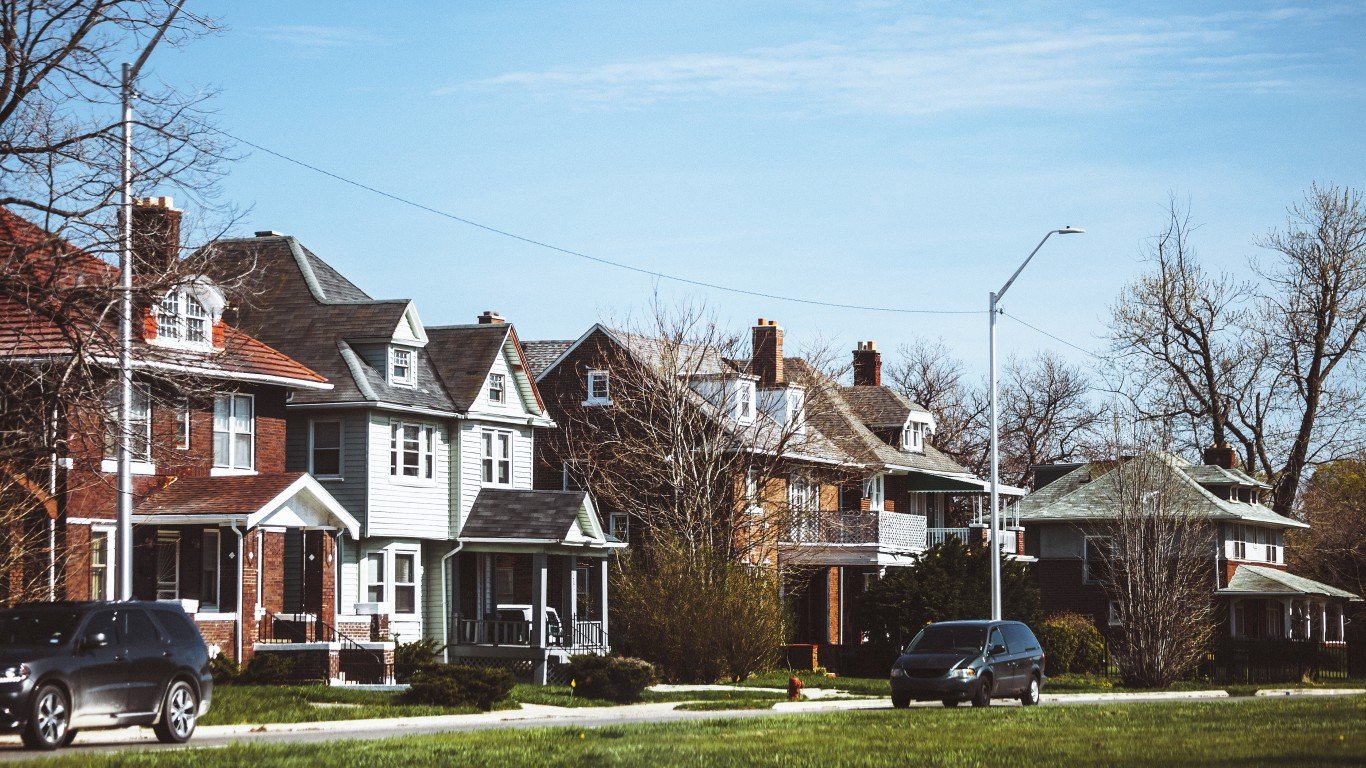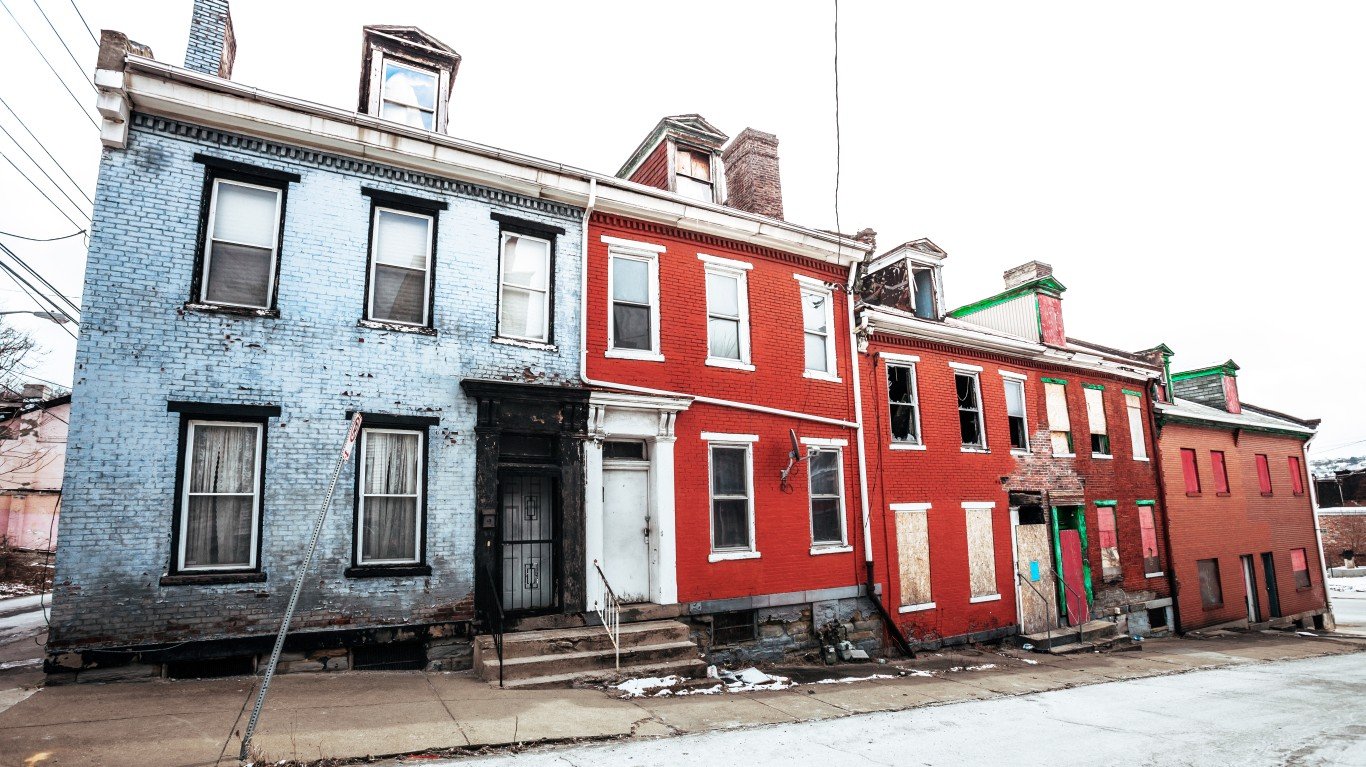

U.S. home sales have been strong this year, with new home sales up more than 30% year over year in October, according to the latest data from the U.S. Census Bureau. Sales of existing homes rose 4.6% year over year in October, according to the National Association of Realtors (NAR).
Sales are expected to slow down in 2020, however, according to a NAR forecast published on Wednesday. The NAR forecasts a year-over-year price increase of just 0.8% nationwide, and it expects home prices to drop in more than a quarter of the country’s largest metropolitan areas. Mortgage loan interest rates are expected to average 3.85% next year, slightly higher than this year but still below 4%.
The big problem remains the number of houses for sale. The NAR expects sales of existing homes to drop by 1.8% year over year in 2020 to a seasonally adjusted annual rate of 5.23 million. It is possible that housing inventory will reach a historic low in 2020, with the entry-level segment getting hit hardest.
According to the NAR, midsized housing markets in the Midwest and South will continue to be attractive next year, even though new-home construction in 2019 was focused on the upper tier of the market. That focus will limit the choice of first-time buyers.
Sellers face flattening home prices and a slow-down at the upper end of the market. Houses are likely to sit on the market longer and may require additional incentives in order to attract buyers.
Realtor.com senior economist George Ratu said, “Housing remains a solid foundation for the U.S. economy going into 2020. Although economic output is expected to soften – influenced by clouds of uncertainty in the global outlook, business investment and trade – real estate fundamentals remain entangled in a lattice of continuing demand, tight supply and disciplined financial underwriting. Accordingly, 2020 will prove to be the most challenging year for buyers, not because of what they can afford, but rather what they can find.”
The following table shows the NAR forecast year-over-year sales growth for the top 11 housing markets among the 100 largest U.S. metro areas, along with the price change in each market. The nationwide average calls for a 1.8% decline in sales and a 0.8% increase in prices.
| 11 Largest Markets | Sales | Price |
|---|---|---|
| Columbia, S.C. | 5.5% | −0.2% |
| New Haven-Milford, Conn. | 5.0% | −2.4% |
| Rochester, N.Y. | 4.7% | 0.4% |
| McAllen-Edinburg-Mission, Texas | 4.4% | 4.0% |
| Urban Honolulu, Hawaii | 3.6% | -0.9% |
| Winston-Salem, N.C. | 3.6% | 0.5% |
| Kansas City, Mo.-Kan. | 3.4% | −4.0% |
| Tucson, Ariz. | 3.4% | 3.3% |
| Akron, Ohio | 2.6% | 0.0% |
| Buffalo-Cheektowaga-Niagara Falls, N.Y. | 2.6% | −2.2% |
| Cleveland-Elyria, Ohio | 2.6% | 0.4% |
America’s fastest shrinking housing markets, on the other hand, recently included Boulder, Colorado, and Oklahoma City.
The NAR also identified several housing market trends for next year. First, millennials will initiate more than 50% of all new mortgages by the middle of next year: “The largest generation in history will consolidate their top spot in mortgage originations and effectively outnumber Gen X and baby boomers combined in their share of purchases.”
A recession is unlikely in 2020, but the NAR sees lower business spending leading to a slowdown in consumer spending: “Rising uncertainty about the economic outlook will dampen consumer enthusiasm about spending, leading to a decline in sales and an increase in homeowners’ tenure.”
Secondary markets outside of suburbs near large metro areas will become more attractive for homebuyers. The NAR expects cities in Arizona, Nevada and Texas to benefit from migrants leaving California, while homeowners in the pricey Northeast will be looking at options in the Carolinas, Georgia and Florida. Midwestern markets in Ohio, Indiana and Kansas also remain attractive.
Lest we forget, 2020 is a presidential election year. The NAR notes that the housing market is not directly tied to the outcome of presidential elections. However, housing trends like the pace of sales, prices and inventory are “entwined with economic performance–employment, wages, and interest rates.”
Home prices are expected to increase the most in the Boise, Idaho, metro area (up 8.1%) and in Colorado Springs (up 6.3%). Prices are forecast to fall the most in the Palm Bay, Florida, metro area (down 8.8%) and in Las Vegas (down 9.5%), where per capita income has tumbled in recent decades.
Take This Retirement Quiz To Get Matched With A Financial Advisor (Sponsored)
Take the quiz below to get matched with a financial advisor today.
Each advisor has been vetted by SmartAsset and is held to a fiduciary standard to act in your best interests.
Here’s how it works:
1. Answer SmartAsset advisor match quiz
2. Review your pre-screened matches at your leisure. Check out the
advisors’ profiles.
3. Speak with advisors at no cost to you. Have an introductory call on the phone or introduction in person and choose whom to work with in the future
Take the retirement quiz right here.
Thank you for reading! Have some feedback for us?
Contact the 24/7 Wall St. editorial team.



